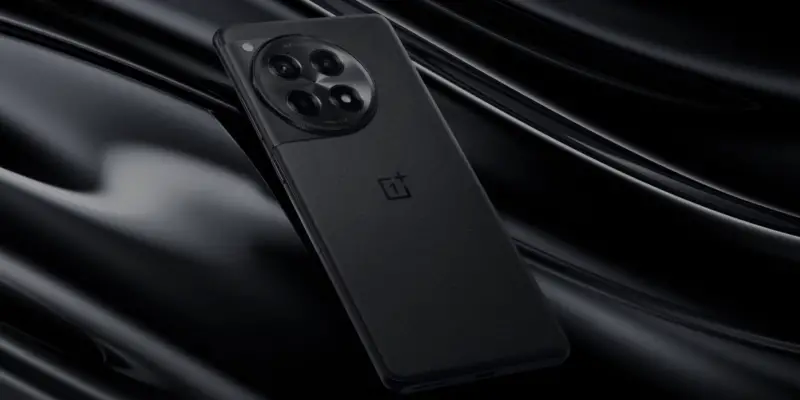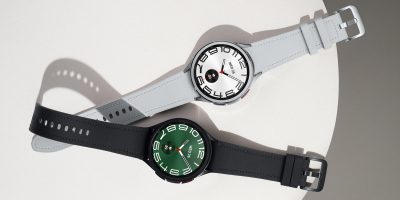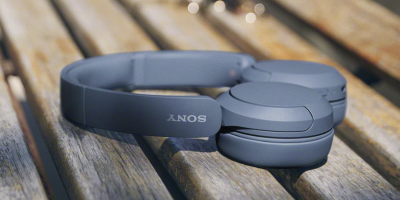Unlike other features on our smartphones, the battery is one area that hasn’t really seen much innovation. So far the only major change we’ve seen over the years is faster charging, but that’s about it. Now OnePlus has unveiled its new Glacier Battery tech which was teased the other day that could change things.
The new OnePlus Glacier Battery tech was developed together with CATL. One of the changes is to the actual physical size of the battery, where OnePlus and CATL have managed to squeeze a 6,100mAh battery into a 5,000mAh battery space. This means that OnePlus gets to keep the size of its phones and will offer a larger battery capacity.
This is thanks to the use of “high-capacity bionic silicon-carbon material” which has an energy density of 763Wh/L. This allows them to pack 23.1% more energy compared to standard graphite batteries. It also means that if OnePlus wants to create a larger battery, the overall size won’t be too huge.
The new Glacier Battery tech also supports fast charging of speeds up to 100W. This will allow it to go from 1% to full in just 36 minutes, which is honestly insane. OnePlus claims that this won’t affect the overall longevity of the battery either. It is expected that they will retain over 80% of their original capacity even after four years.
The upcoming OnePlus Ace 3 Pro will be the first phone to use this new battery. We expect that future OnePlus handsets will adopt it as well.












Comments